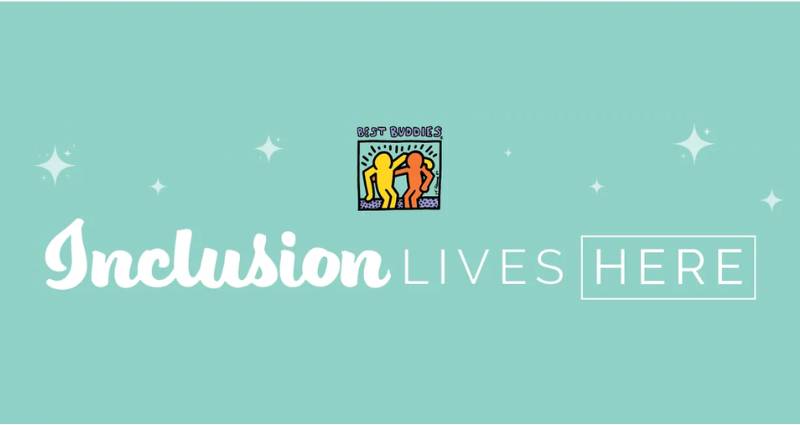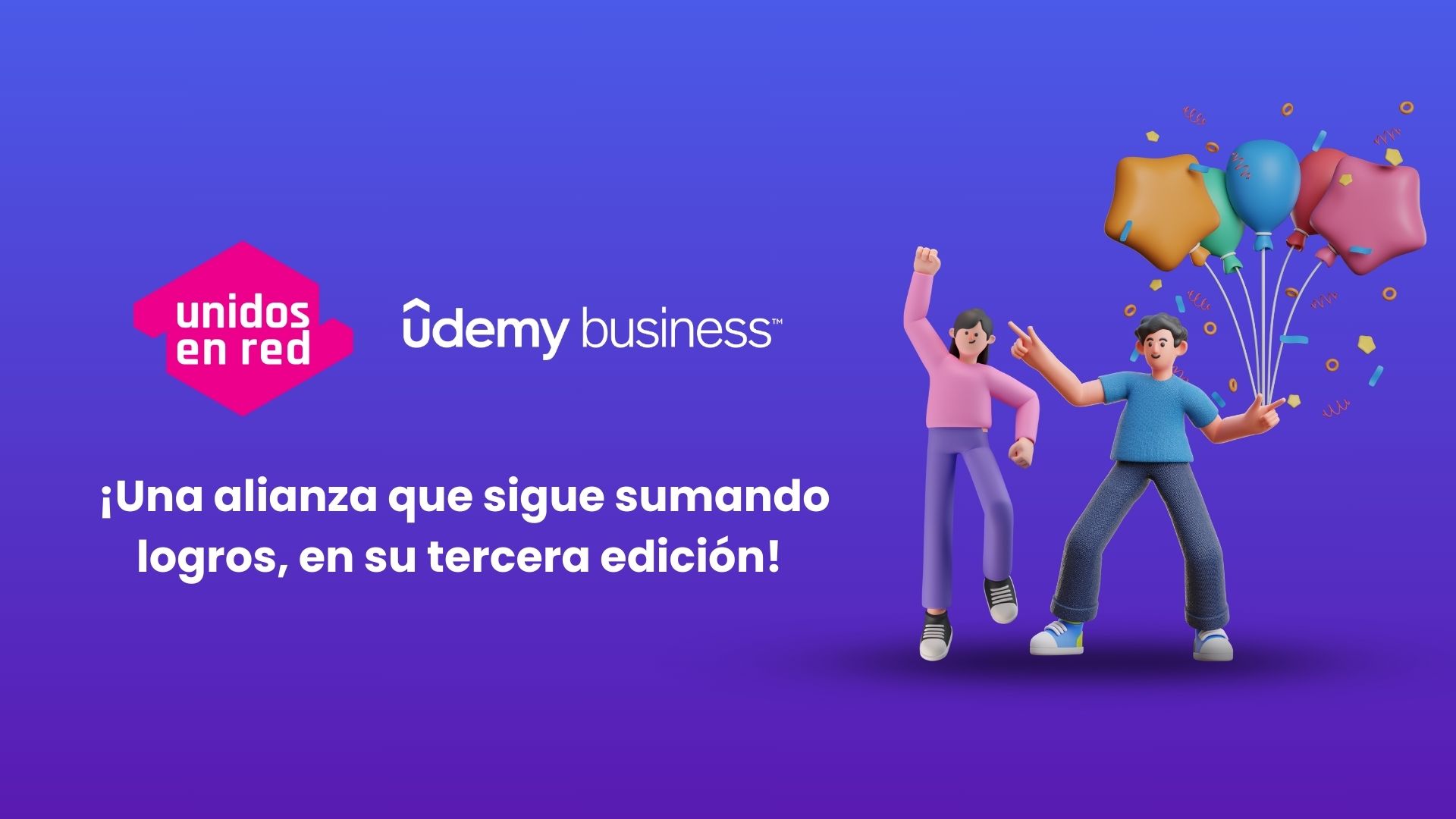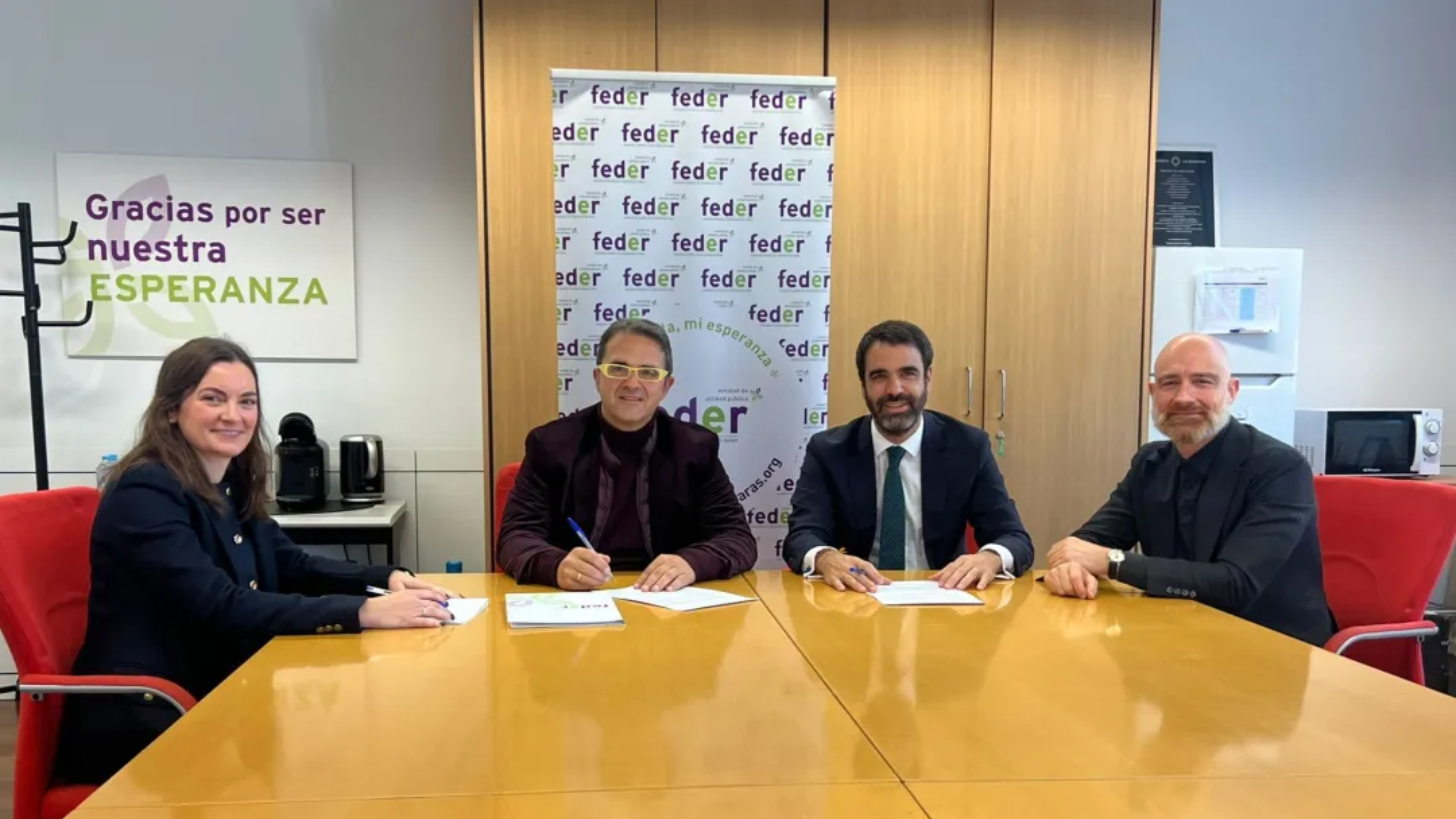
1.Toma la decisión y cambia tu mentalidad:
La decisión de convertirse en una empresa inclusiva debe ser tomada por la dirección, la cual debe promover e incentivar el proceso de inclusión en todos los ámbitos de la organización. Esto implica cambios no sólo en los valores organizacionales, sino también cambios en los procesos y áreas de la empresa. Entre estas modificaciones se encuentran:
- Crear un equipo de trabajo o un comité encaminado a trabajar por la Inclusión Laboral en diferentes aspectos de la empresa.
- Innovar con nuevos proyectos o procesos para que sean accesibles a todos los trabajadores con cualquier tipo de discapacidad.
- Establecer procesos para medir la productividad y sostenibilidad de esta nueva iniciativa.
- Establecer metas que permitan que esta iniciativa de Inclusión aumente con el paso de los años.
2. Política de inclusión
Cuando hablamos de política de inclusión no nos referimos a un documento extenso; Basta un acta o una declaración de la alta dirección para manifestar la intención de la empresa de convertirse en un agente dispuesto a incluir, eliminar barreras e incorporar en igualdad de condiciones laborales a poblaciones vulnerables, incluidas las personas con discapacidad. discapacidad.
3. Análisis de cargas
Hay que tener en cuenta las necesidades de cada empresa, ya que no se trata de crear puestos de trabajo específicos para personas con discapacidad, sino de ubicarlos en las vacantes disponibles o en las que realmente es necesario crear.
Es importante contar con un perfil de puesto, el cual debe estar enfocado a las competencias, aptitudes y habilidades que se necesitan y debe dejar de lado los sesgos inconscientes-conscientes que pueden surgir en el proceso de selección.
A la hora de realizar este análisis de puesto, es fundamental tener en cuenta los tipos de discapacidad de las personas que se pretende vincular a la empresa y la compatibilidad de cada persona con las competencias necesarias para desempeñar cada puesto.
4. Diagnóstico de la empresa
The diagnosis consists of a detailed description of the company in which barriers and facilitators are identified. In this way, evaluate the degree of preparation of the company to receive people with disabilities and the necessary adjustments to facilitate this entry.
According to the above, it is also necessary to inspect the physical and technological infrastructure to know the current state and make the adjustments that are required according to the personnel with disabilities that are going to be hired.
The types of disabilities, their needs and particularities must also be known, in order to make the necessary adaptations and adjustments to improve working conditions.
To start the inclusion process, it does not necessarily have to generate a large expense in the company, but it can be started by linking people whose disabilities are compatible with the company’s infrastructure, or who require small adaptations. Little by little, the facilities can be improved to link employees with other types of disabilities.
5. Business awareness plan
It is important that the human management or sustainability area leads the process and is involved from the beginning, since this area is the one that defines the training plan for all the company’s collaborators, from senior managers to immediate bosses and future coworkers. This plan aims to clarify prejudices, reduce fear of the unknown and facilitate the effective inclusion of people with disabilities in all company environments.
6. Selection process
This step occurs when labor intermediation services or companies carry out a good profile of people and you know well the profiles they have within their databases. Intermediation services, in addition to referring people, must be perfectly aware of the generic settings that they require to access the selection process.
It is important to define which tests are carried out for the candidate selection process, if these tests are accessible depending on the type of disability or if they are substitutable, depending on the competencies that need to be identified.
7. Linking Process
At this first moment, the pertinent reasonable adjustments must be provided to guarantee that the person with disabilities knows the commitments that they assume. Likewise, it is important to carry out with the new worker an adequate induction process to the company and to the job position, to facilitate the adaptation and sustainability of the employment relationship. The company must define if it carries out this process with the labor intermediation service, or if it does so through an alliance with a service provider institution.
Regarding the linking of people with disabilities, a contract with particular clauses is not required; however, it is recommended to mention within the document that said link is being made within the framework of the company’s labor inclusion policy. It is recommended to request a certificate proving the condition of disability, in order to attach it to the employment contract.
8. Monitoring the person with disabilities and the company
Once the person starts their work, it is important to define, together with the human management area and the immediate boss, periodic visits to evaluate their performance in the workplace and their adaptation to the organizational culture.
During these visits, it is reviewed whether reasonable adjustments have been implemented, whether the boss has doubts about performance, and whether difficulties are occurring. It is recommended that this follow-up be done fifteen days after joining, and then once a month, for a minimum of six months. In many cases, this follow-up is carried out by entities that provide services such as foundations, NGOs and other organizations that work on the subject.
En caso de existir un problema disciplinario se deberán implementar las medidas establecidas en la empresa, ya que no debe existir un trato diferenciado por razón de la discapacidad del trabajador. Se entiende que el trabajador se encuentra en las mismas condiciones laborales que sus compañeros que desempeñan el mismo puesto. Por lo tanto, debe existir equidad salarial e igualdad de oportunidades de ascenso, entre otras características que garanticen la igualdad laboral dentro de la empresa.
Fuente: www.bestbuddies.org





